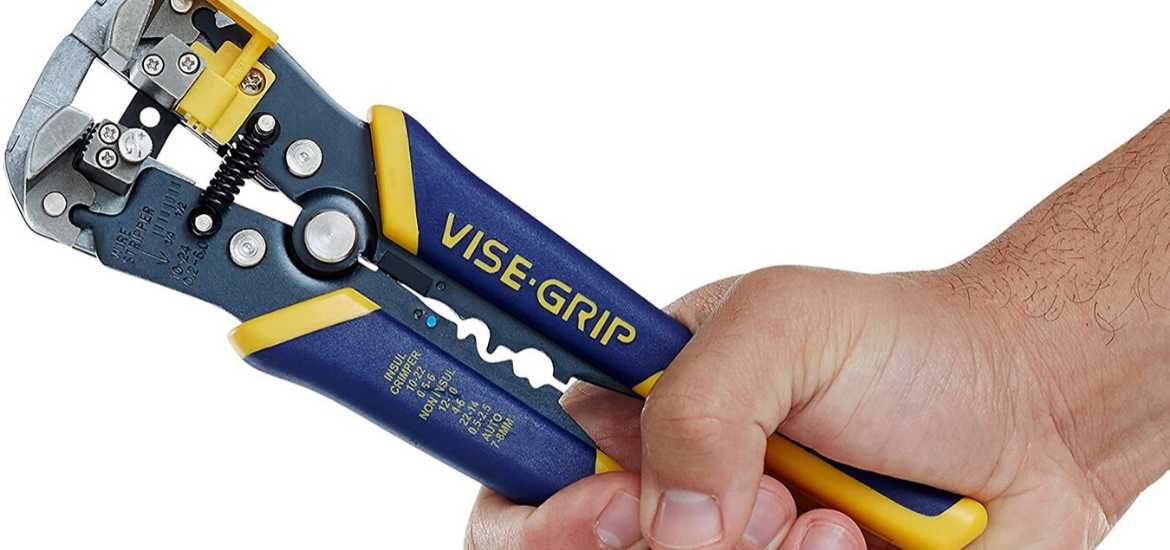
Whether you’re an electrician who does it every day, or another professional or organisation who needs to strip a wire from time to time, one thing is clear: if your current wire stripping tool is your teeth, you need to up your game. In fact, those who strip the plastic insulating sheath off an electrical cable to reveal the bare wires within will probably have more than one wire stripping tool in their toolbox. After all, there are plenty of reasons why that protective layer needs to be quickly and cleanly removed from electrical wires to implement a repair, a new terminal connection or something else entirely, which is why we’re posing the question today: what are the wire stripping tools you should know about?
-
Electrician’s knife
At first glance, it’s just a folding knife. But to the electrician, those handy stripping notches on the blade enable precision work for the most common gauge sizes.
-
Electrician’s pliers
That electrician’s knife can obviously be used for plenty of the professional’s daily specialty tasks – and the same can be said of the electrician’s pliers, too. Especially good for wire cutting and crimping, this tool will also handle wire stripping as well – although care will have to be taken not to damage the fragile conductor.
-
Manual wire stripper
While the tools mentioned at #1 and #2 will require careful technique, the same isn’t really true for even the most basic specialty wire stripping tool. It’s essentially a pair of scissor-like opposing blades featuring a central notch that means the blades bite into the protective plastic jacket rather than the critical wires within.
-
Gauge stripper
However, even #3 will require some care and technique – especially if the notch and the specific wire gauge you’re working with don’t necessarily match. A manual wire stripper with a stop screw gives the user some ability to make adjustments, but an easier tool to use is therefore a gauge stripper, where the notches or holes specifically match corresponding wire gauges.
-
Automatic wire stripper
Easier still is the automatic wire stripper – although it’s still a familiar hand-powered, scissor-like electrician’s tool. However, above the fulcrum – where the wire is placed – the blades grip the wire and pull it rather than ‘cut’ it like a pair of scissors. The word ‘automatic’ therefore refers to the fact that a single squeeze of the handle by the user results in both the cut (or split) and the exposure of the wire.
Which wire stripping tool type do you require?
No matter which one will work best for your organisation’s daily operations, the basic usage principles to follow are actually all similar:
- What wire gauge/type are you working on?
- Match the wire with the appropriate or preferred tool
- Seat/situate the wire correctly in relation to the tool
- Use a deliberate yet careful technique and check for wire damage.
Once you know which wire stripping tools you’re in the market for, choose the quality level and multi-functional qualities you require for the wire work you carry out. Bear in mind that the world of wire stripping tools is diverse and highly competitive, so if you need a little guidance then don’t be shy to reach out to our experienced technical guides. Happy wire stripping!